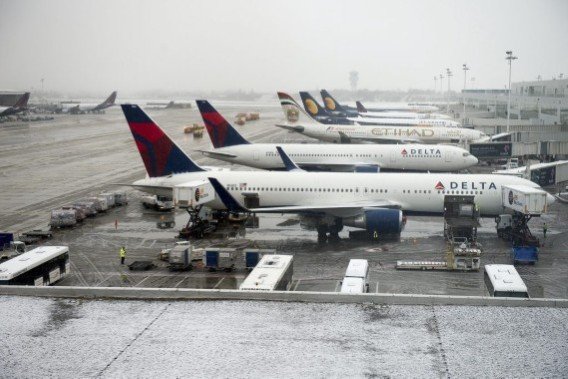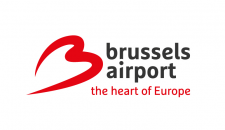Brussels Airport ends 2012 with 19 million passengers

Record numbers, despite tough economic situation
Passengers
Brussels Airport ended 2012 with nearly 19 million passengers – 18,971,332 to be precise. That represents an increase of 1 percent compared to 2011 and is a record since 2001. The number of passengers who board locally – otherwise known as originating passengers – has remained more or less stable with a minimal decline of 0.1%. The number of passengers on intra-European flights has remained unchanged compared to 2011. In terms of long-haul flights, however, Brussels Airport booked 6.3% growth. The number of transfer passengers has increased by 7.7%. The proportion of transfer passengers to the total number of passengers has risen by one percent to 15.6%.
After a successful first half year, with 2.3% growth in passengers, growth slowed in the second half. December closed with a limited decline of 1.1%.
These results – and the positive evolution in transfer traffic in particular – show the importance of the development of Brussels Airport as a hub for Star Alliance, which has positively counterbalanced the impact of the economic crisis on the general willingness to travel. The results of passenger traffic at Brussels Airport are comparable to those of other large European airports in 2012.
Cargo
Air cargo at Brussels Airport fell 3.3% from 475,000 ton to 459,265 ton. This drop was felt mainly in the all-cargo segment to and from Europe as a result of the economic crisis. However, freight on board passenger planes and via integrator transport increased in 2012 again. In the fourth quarter freight transport underwent a sharp fall. Even December was not spared, with a drop of 18.4% as a result of the negative impact of the customs officers’ strike, which led to cargo being redirected to other airports.
Despite the negative growth figures, though, in terms of cargo Brussels Airport performed noticeably better in 2012 than most other European airports.
Aircraft movements
The number of aircraft movements decreased by 4.4% to 223,431. The number of passenger flights declined by 4.1%, whilst the actual number of passengers saw positive growth of 1%. That confirms the evolution that the airport has noticed over the last few years as a result of the use of larger planes and further improvements in the load factor per aircraft.
Network development
Brussels Airlines added two extra Airbus A330 planes to its fleet in 2012. It has used them to launch a new daily flight to New York and to extend the Africa network further.
Germanwings and Air Europa are amongst the new companies.
In 2012 the network from Brussels Airport was extended to include various new direct destinations such as Ponta Delgada, Ohrid, Skopje, Fez, Rabat and Cork.
In 2013 the long-haul network will be further reinforced with extra flights from Qatar Airways and THAI, and the use of larger planes by Jet Airways and United Airlines. Brussels Airlines has also announced growth plans for its transatlantic network too.
Within Europe additional frequencies or new destinations have been announced by a number of companies, including Croatia Airlines (Zagreb), Jetairfly (Athens), Meridiana (Olbia), Thomas Cook Airlines (Reykjavik, Bastia, Biarritz, Nice) and Vueling (Alicante, Malaga).
Extremely important for the growth of Brussels Airport’s local passenger market is the further improvement of train accessibility. The connection with the Thalys to Paris and the opening in June 2012 of the Diabolo link to Antwerp and, via Antwerp, to the Netherlands have increased Brussels Airport’s home market.
New cargo companies in 2012 were Cargojet (Halifax) and FlyCongo (Kinshasa). Positive news for 2013 is the announcement by Finnair Cargo of its intention to make Brussels Airport its second European air cargo hub.


